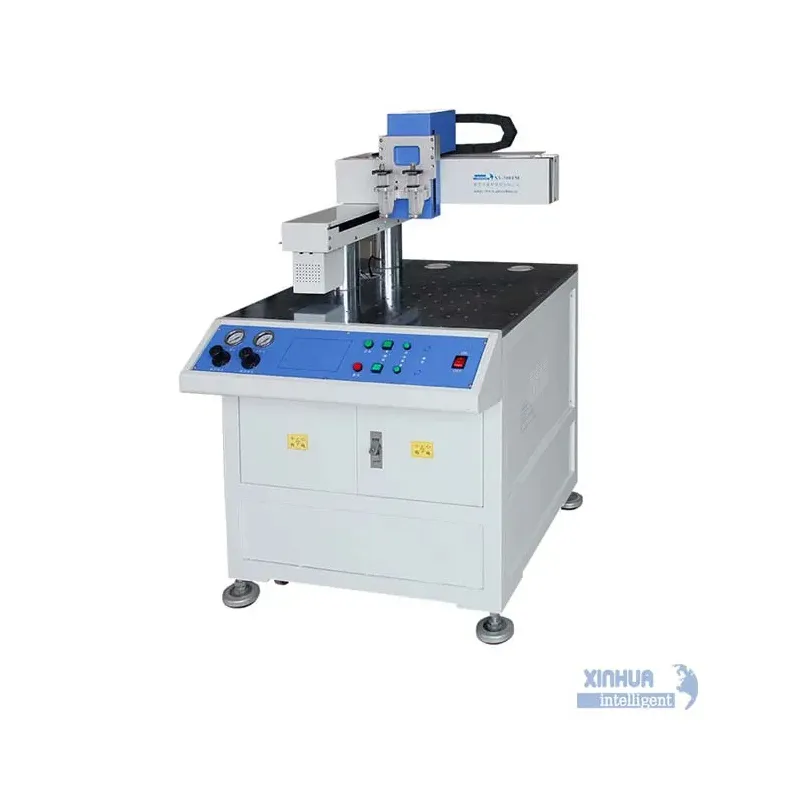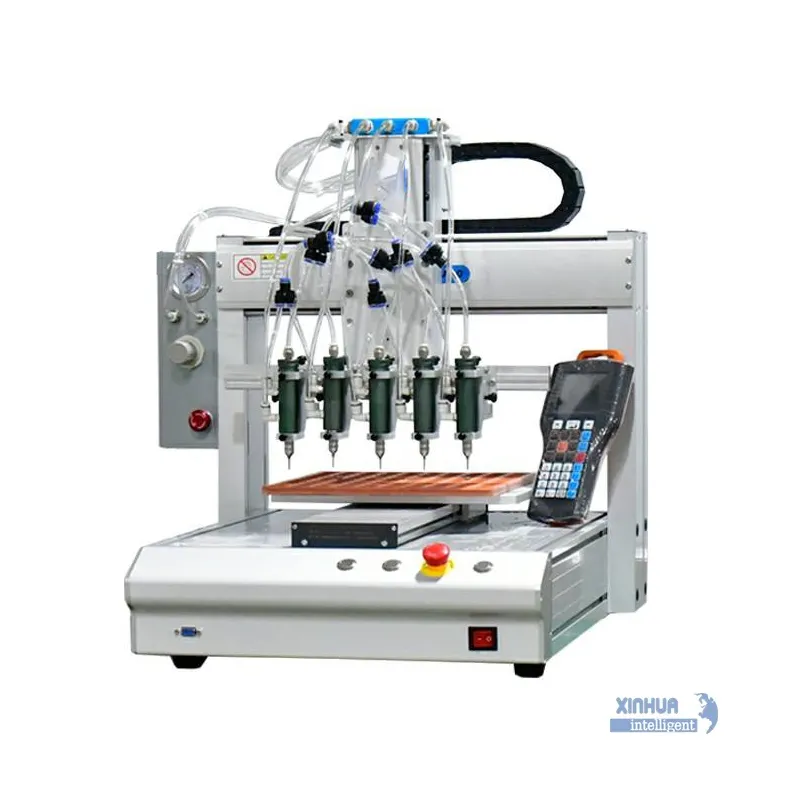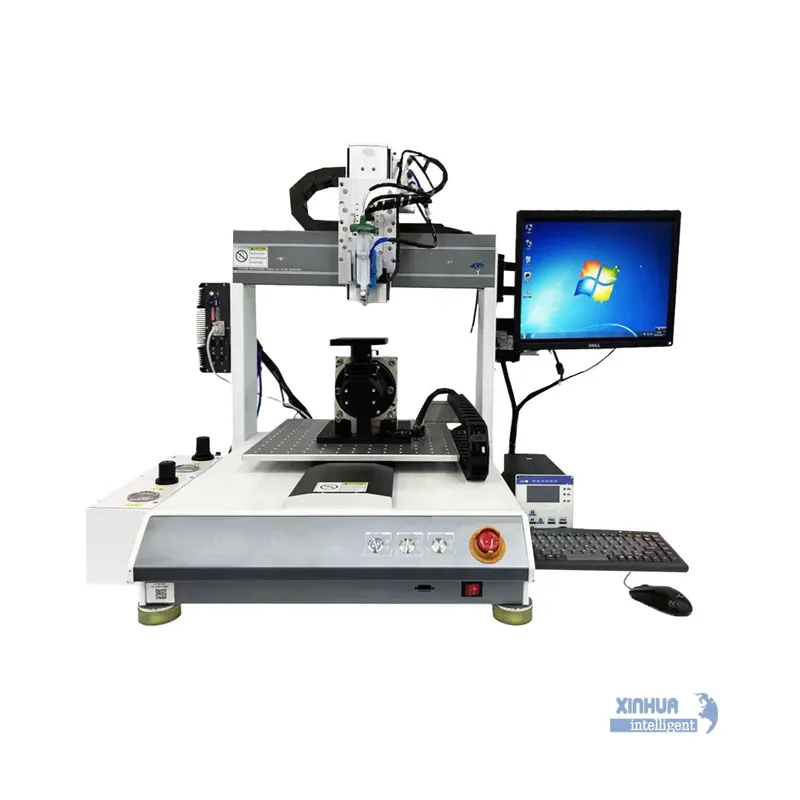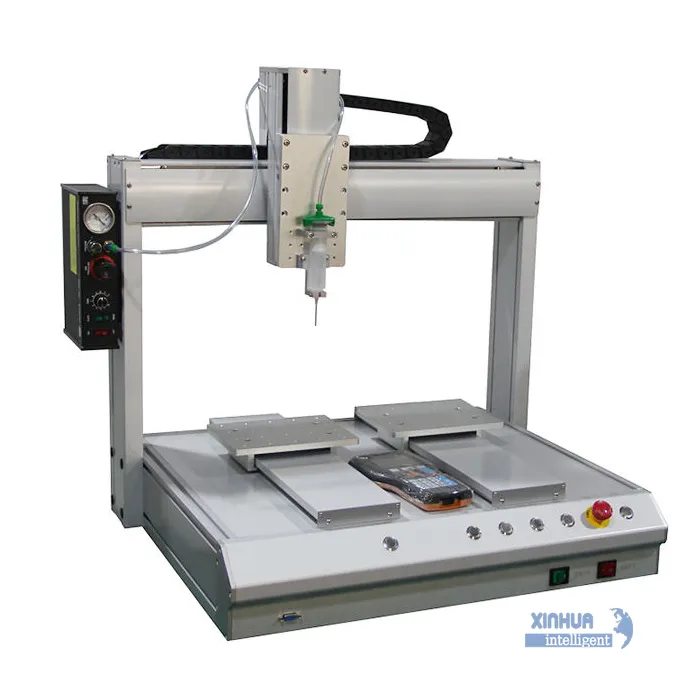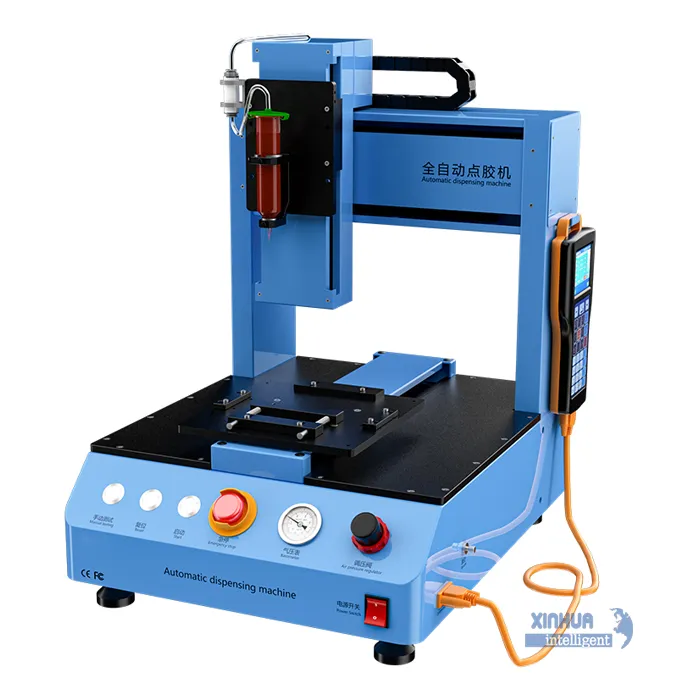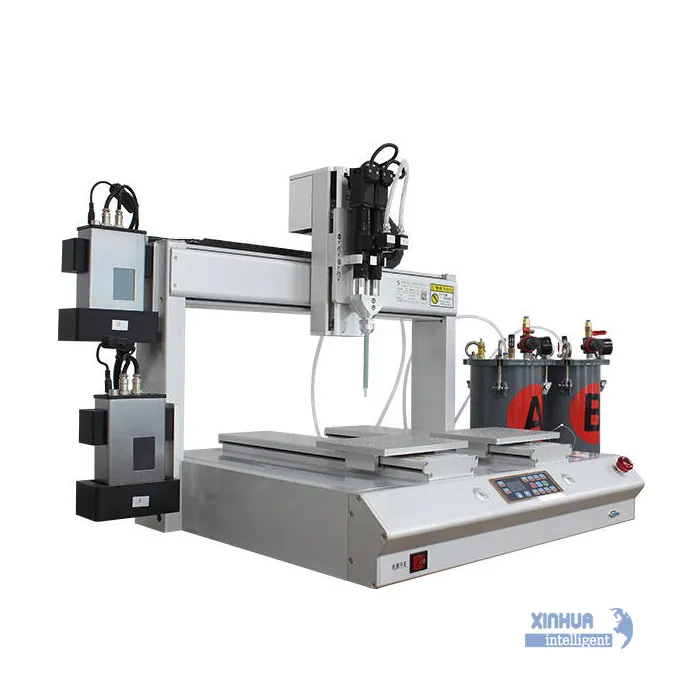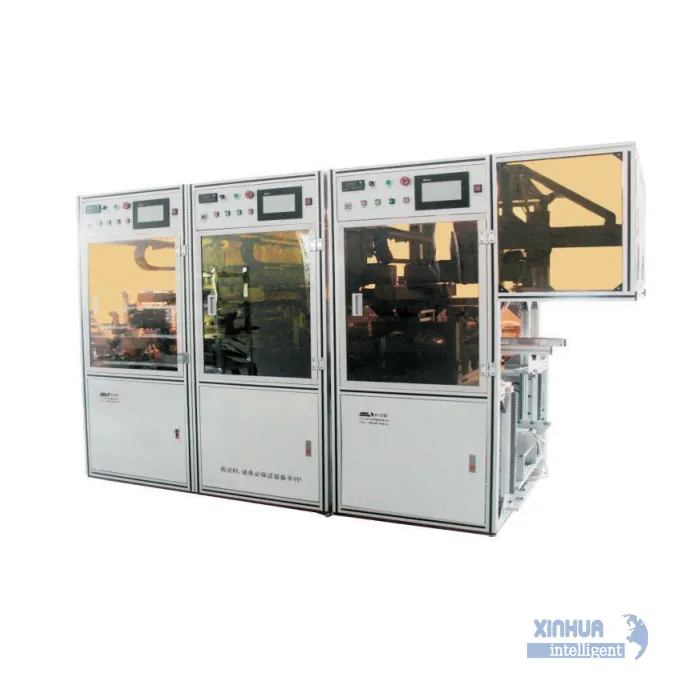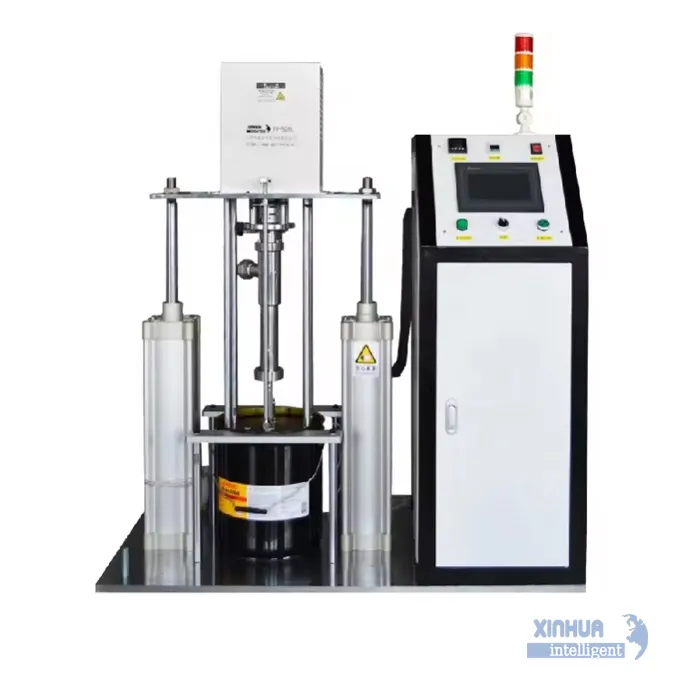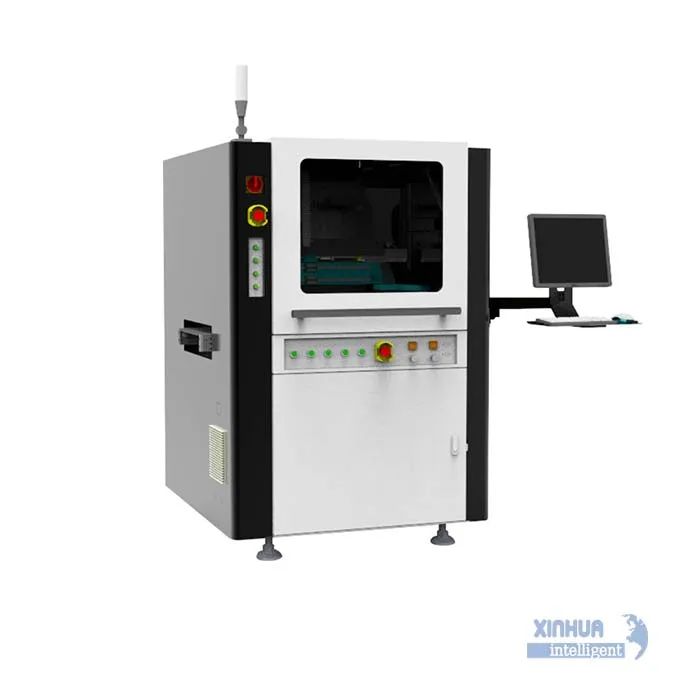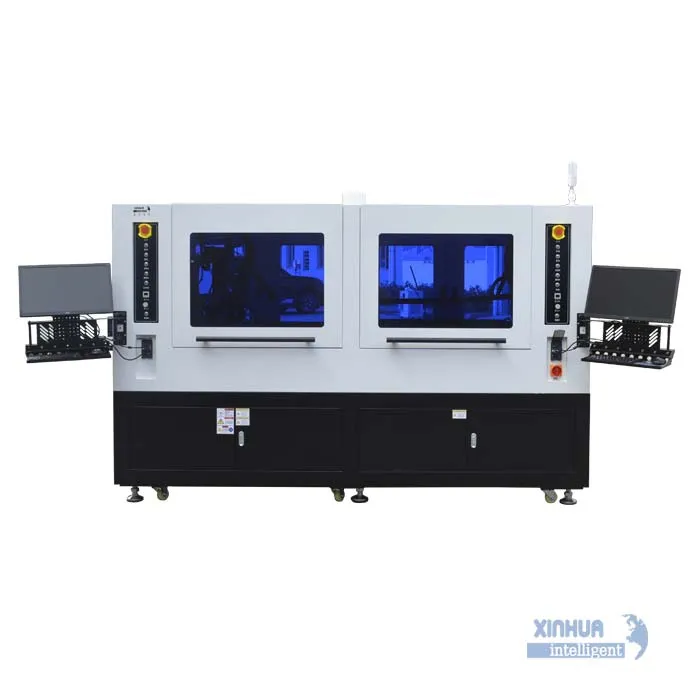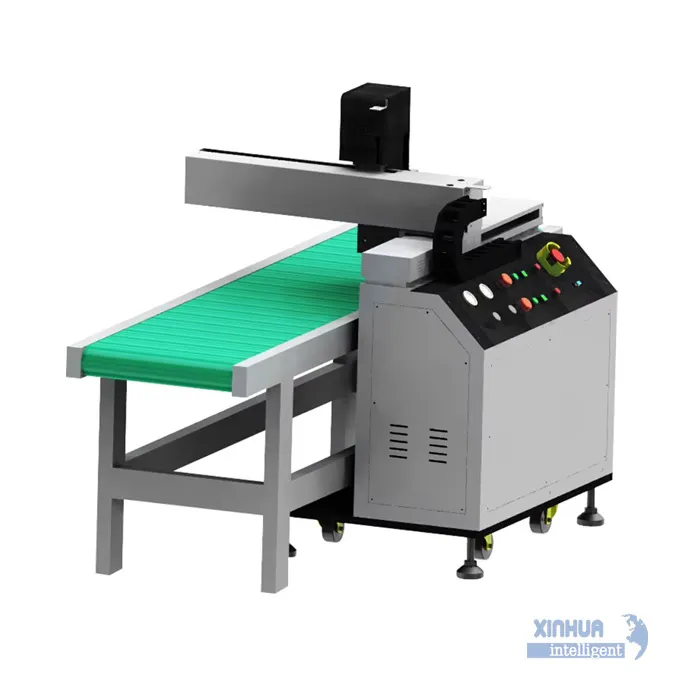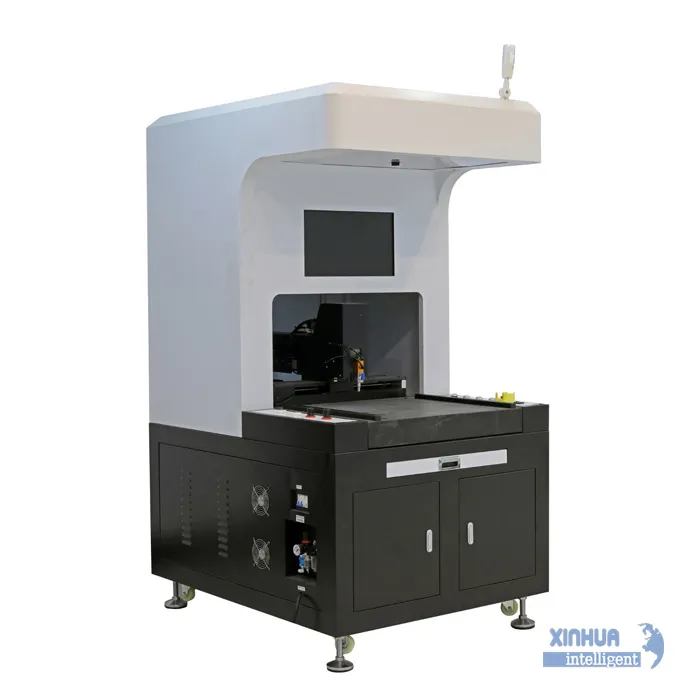In today’s manufacturing industry, resin dispenser machine have become essential for precision bonding, coating, potting, and encapsulation. Whether used in electronics assembly, automotive components, medical devices, or LED production, these machines improve accuracy, efficiency, and product consistency.
If you’re considering investing in a resin dispensing system, this guide will cover everything you need to know — from how these machines work to their applications, types, selection criteria, and maintenance tips.
What Is a Resin Dispenser Machine?
A resin dispenser machine is an automated or semi-automated device designed to accurately dispense liquid or semi-liquid resin onto specific surfaces or into molds. The machine uses pumps, valves, and control systems to ensure precise volume control, eliminating human error and ensuring high-quality results.
How It Works
- Material Loading – Resin is loaded into a tank or cartridge.
- Metering & Mixing – Single-component or two-component (2K) resins are measured and mixed.
- Dispensing – A pump pushes the material through a nozzle, applying it accurately on the target.
- Curing – Depending on the resin type, heat or UV light may be used for curing.
Types of Resin Dispenser Machines
Choosing the right machine depends on resin type, precision requirements, and production scale.
1. By Automation Level
- Manual Dispensers – Suitable for low-volume, small-scale applications.
- Semi-Automatic Machines – Require some operator input but offer better precision.
- Fully Automatic Systems – CNC-controlled, ideal for high-speed mass production.
2. By Pump Technology
- Piston Pump Dispensers – Use compressed air to push resin; suitable for low- to medium-viscosity materials.
- Screw Pump Dispensers – Motor-driven screws deliver high-precision dispensing, ideal for microdots.
- Peristaltic Pump Dispensers – Non-contact dispensing for low-viscosity fluids.
- Gear Pump Dispensers – Provide continuous and stable flow for large-volume applications.
3. Two-Component (2K) Dispensers
Some advanced systems are designed for two-component resins, such as epoxies, silicones, and polyurethanes, ensuring accurate mixing ratios.
How to Choose the Right Resin Dispenser Machine
Selecting the right machine depends on several factors:
- Resin Type & Viscosity – High-viscosity materials require heated nozzles or screw-pump dispensers.
- Dispensing Accuracy – Choose a machine with ±1% or better precision for microelectronics or LED applications.
- Production Speed – For high-volume manufacturing, fully automated CNC dispensing systems are ideal.
- Integration Capability – Check whether the machine supports robotic arms, conveyors, or PLC systems.
- Budget & ROI – Prices range from $1,000 for basic models to $20,000+ for industrial-grade systems.
Applications of Resin Dispenser Machines
Resin dispenser machines are widely used across industries, including:
- Electronics & PCB Manufacturing – For coating, potting, and encapsulating circuits.
- Automotive Industry – Applying adhesives and sealants to components.
- LED & Optoelectronics – Precision resin dispensing for LED lens encapsulation.
- Medical Devices – High-accuracy resin bonding for sensitive components.
- Aerospace & Defense – High-strength adhesives for composite materials.
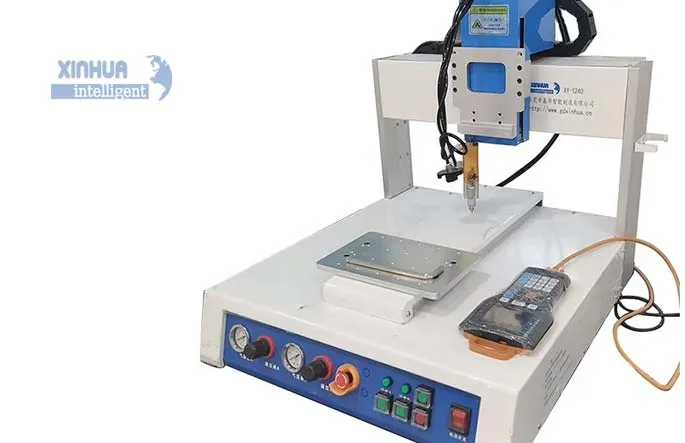
FAQs
1. What is a resin dispenser machine and how does it work?
A resin dispenser machine is designed to accurately dispense liquid or semi-liquid resin. It uses pumps and nozzles to control the volume, speed, and consistency of resin application.
2. What types of resin dispenser machines are available?
Manual, semi-automatic, and fully automatic machines are available, along with piston pump, screw pump, peristaltic pump, and gear pump dispensers.
3. How to choose the right resin dispenser machine for my application?
Consider resin viscosity, dispensing accuracy, production speed, and integration needs. High-precision applications require screw-pump or servo-driven dispensers.
4. What is the difference between manual and automatic resin dispensers?
Manual dispensers require operator control, while automatic machines are computer-driven, delivering higher speed, accuracy, and consistency.
5. Can resin dispenser machines handle two-component (2K) resins?
Yes. Advanced models can mix and dispense two-component resins like epoxy, polyurethane, and silicone with precise ratio control.
6. How accurate are resin dispenser machines in controlling volume?
High-end systems achieve ±1% or better accuracy, making them ideal for electronics and LED manufacturing.
7. What industries commonly use resin dispensing machines?
Industries include electronics, automotive, aerospace, medical devices, and LED manufacturing.
8. How to maintain a resin dispenser machine for consistent performance?
Clean the nozzles regularly, replace worn seals, and calibrate the system to ensure accurate dispensing.
9. What factors affect the dispensing precision of resin machines?
Resin viscosity, pump design, nozzle size, air pressure stability, and machine calibration all play key roles.
10. Can a resin dispenser handle high-viscosity or UV-curable resins?
Yes. Heated systems and screw-pump dispensers handle high-viscosity materials, and UV-curable resins can be dispensed with integrated curing systems.
11. What safety precautions should be taken when using resin dispensers?
Wear gloves, goggles, and protective clothing. Follow proper ventilation guidelines and check each resin’s MSDS.
12. How to calibrate a resin dispenser machine properly?
Adjust pump speed, timing, and pressure settings. Most modern systems feature built-in calibration software.
13. What is the difference between piston pump and screw pump dispensers?
Piston pumps are simple and cost-effective, suitable for low-viscosity fluids, while screw pumps deliver high-precision microdots for complex assemblies.
14. Can resin dispenser machines be integrated into automated production lines?
Yes. Many machines support PLC control, robotic integration, and conveyor systems for mass production.
15. What are common issues with resin dispensing and how to fix them?
- Air bubbles → Use degassed resin
- Inconsistent flow → Check pump seals and nozzle clogs
- Curing inside nozzles → Use anti-drip valves
16. How to prevent air bubbles when using a resin dispenser machine?
Degas the resin before use, maintain steady pressure, and use nozzles designed for low-shear dispensing.
17. How do temperature and humidity affect resin dispensing quality?
Temperature affects resin viscosity, while humidity impacts curing, especially for moisture-sensitive adhesives.
18. What is the lifespan of a typical resin dispenser machine?
On average, 5–10 years with proper maintenance, but industrial-grade machines often last longer.
19. How much does an industrial resin dispenser machine cost on average?
Basic models start around $1,000, while fully automated precision systems can exceed $20,000.
20. Where can I find reliable manufacturers of resin dispenser machines?
Look for suppliers specializing in automated dispensing solutions, such as Nordson, Musashi, Techcon, or custom OEMs.
Conclusion
A resin dispenser machine is an essential tool for modern manufacturing, helping companies improve efficiency, accuracy, and quality control. Whether you need a simple manual dispenser or a fully automated production system, choosing the right machine can significantly reduce waste, lower costs, and improve product consistency.
If you’re looking for the best resin dispenser solution, consider your resin type, production volume, and accuracy requirements before investing.

